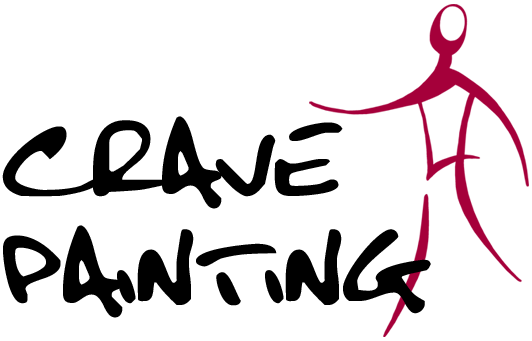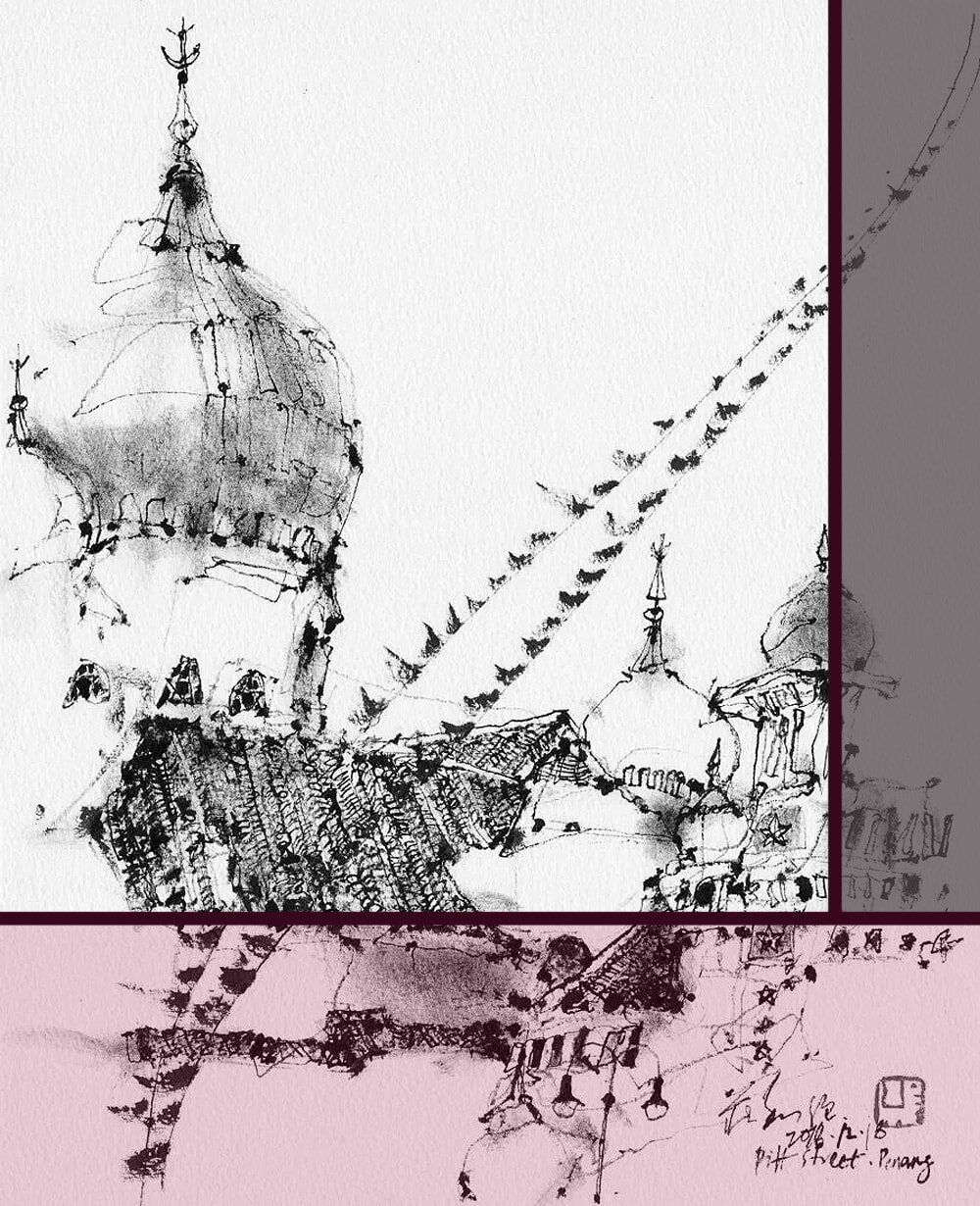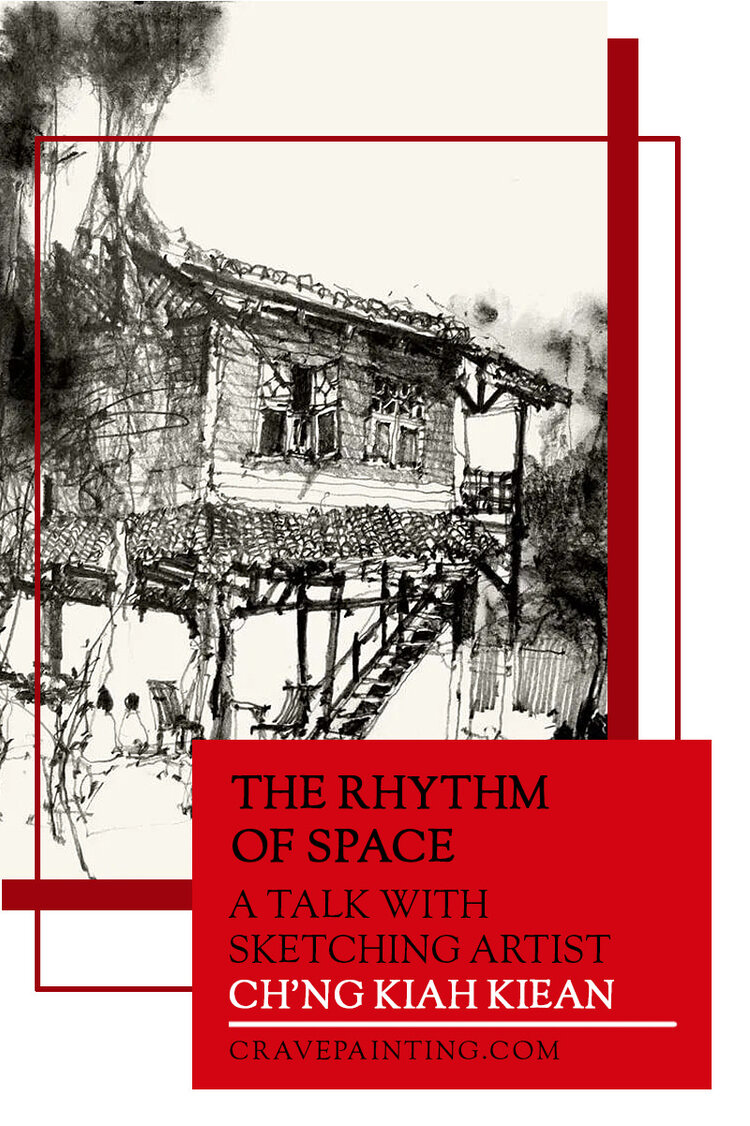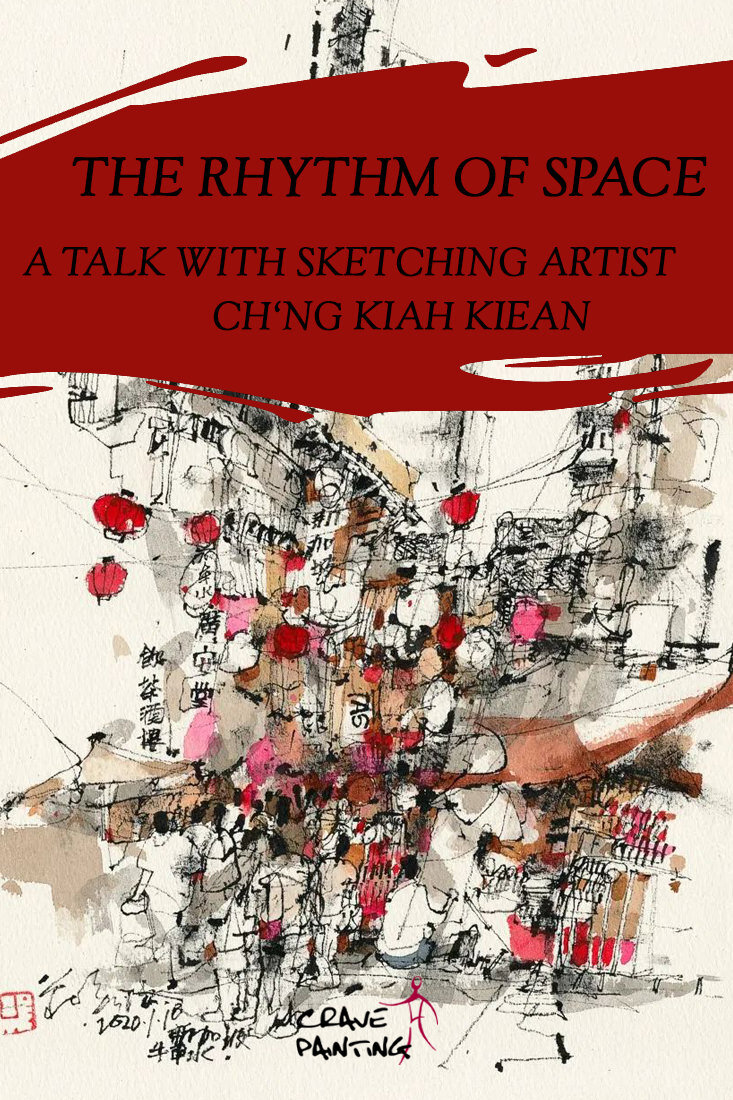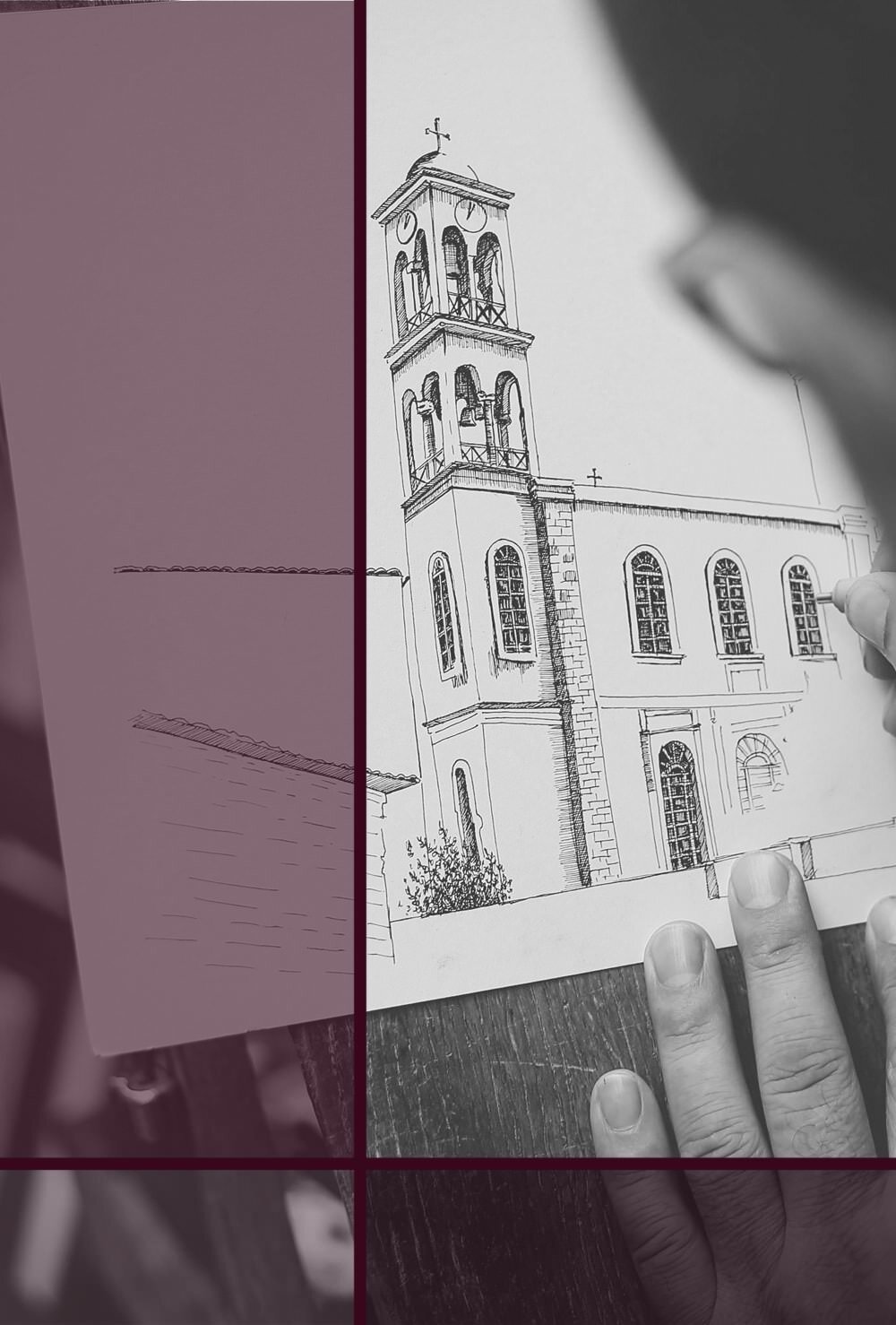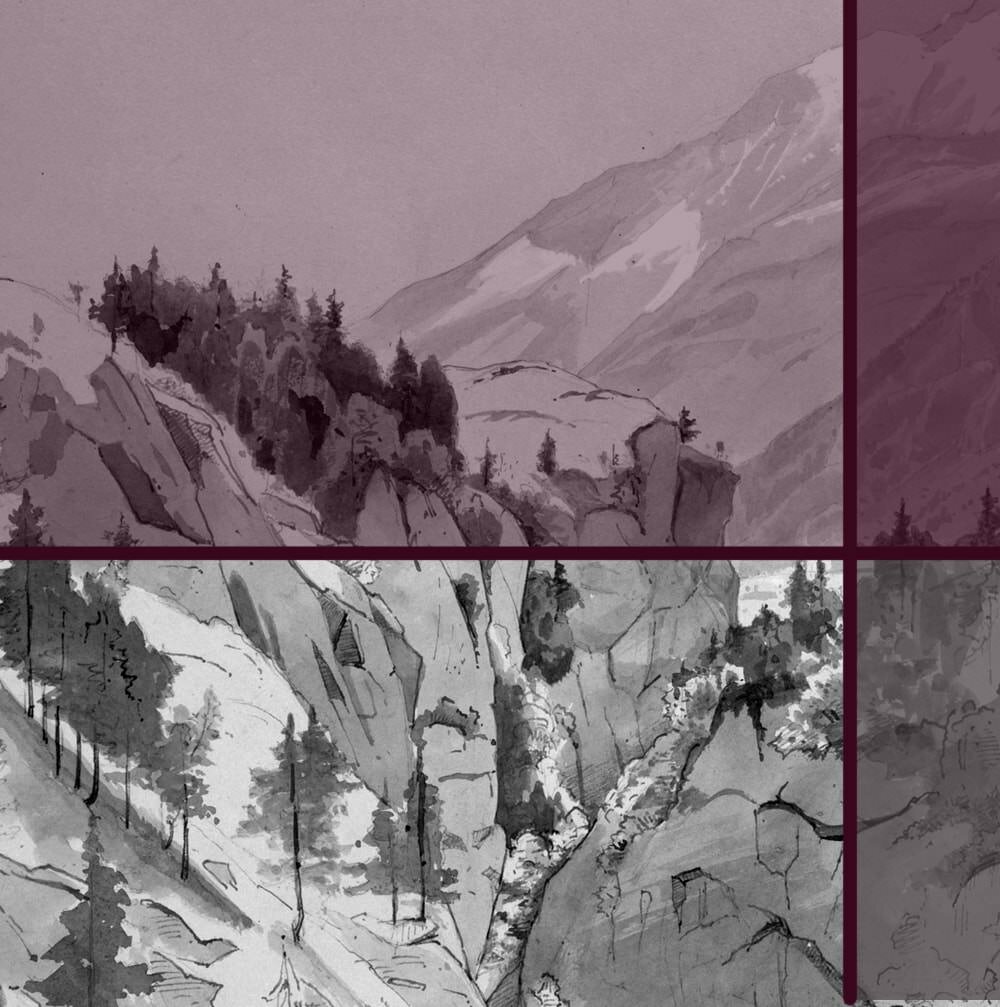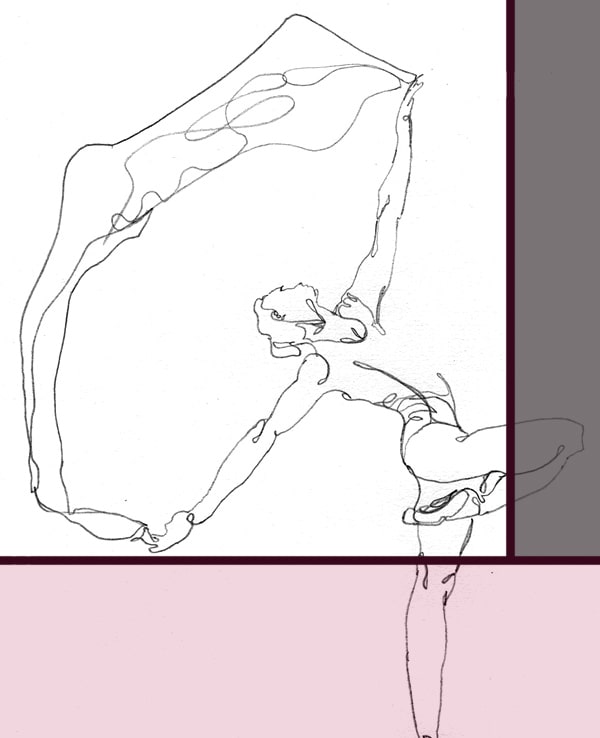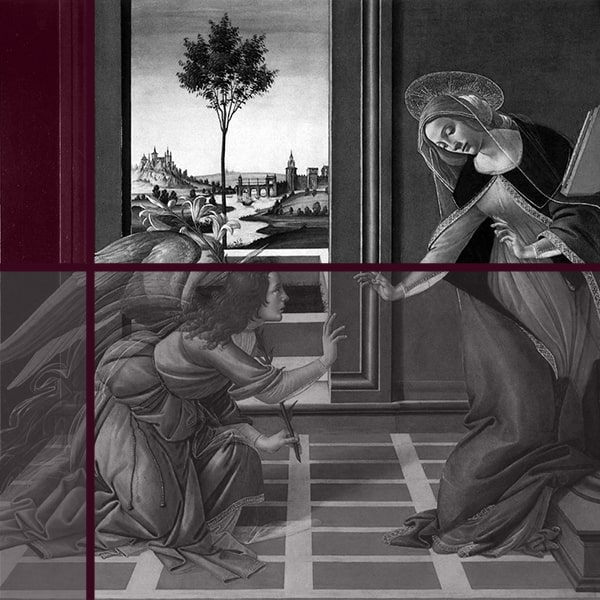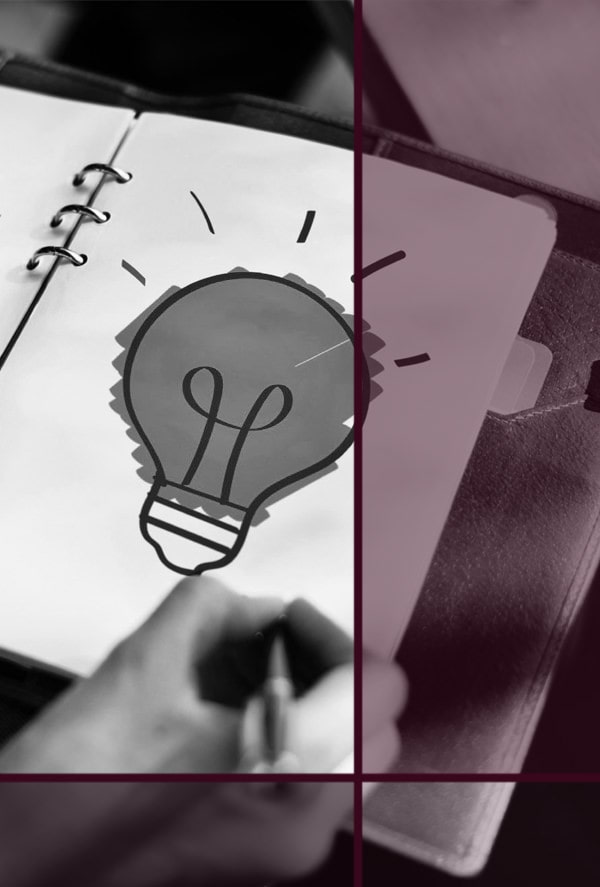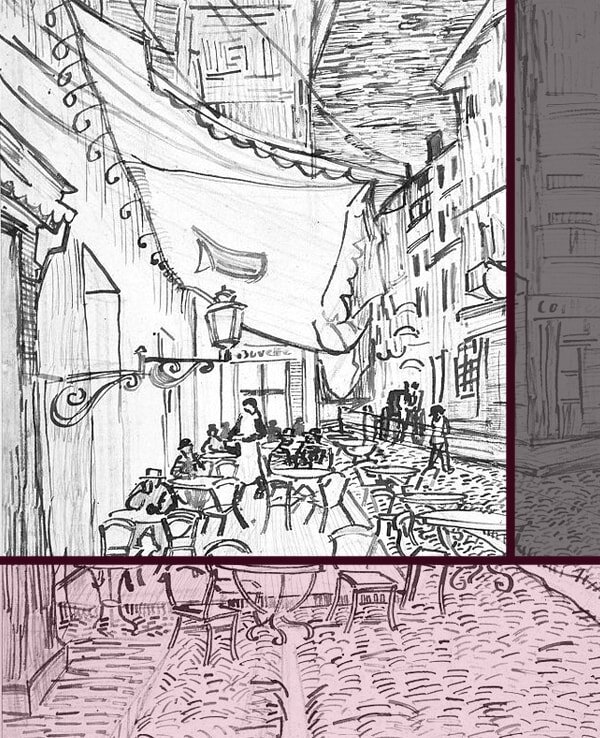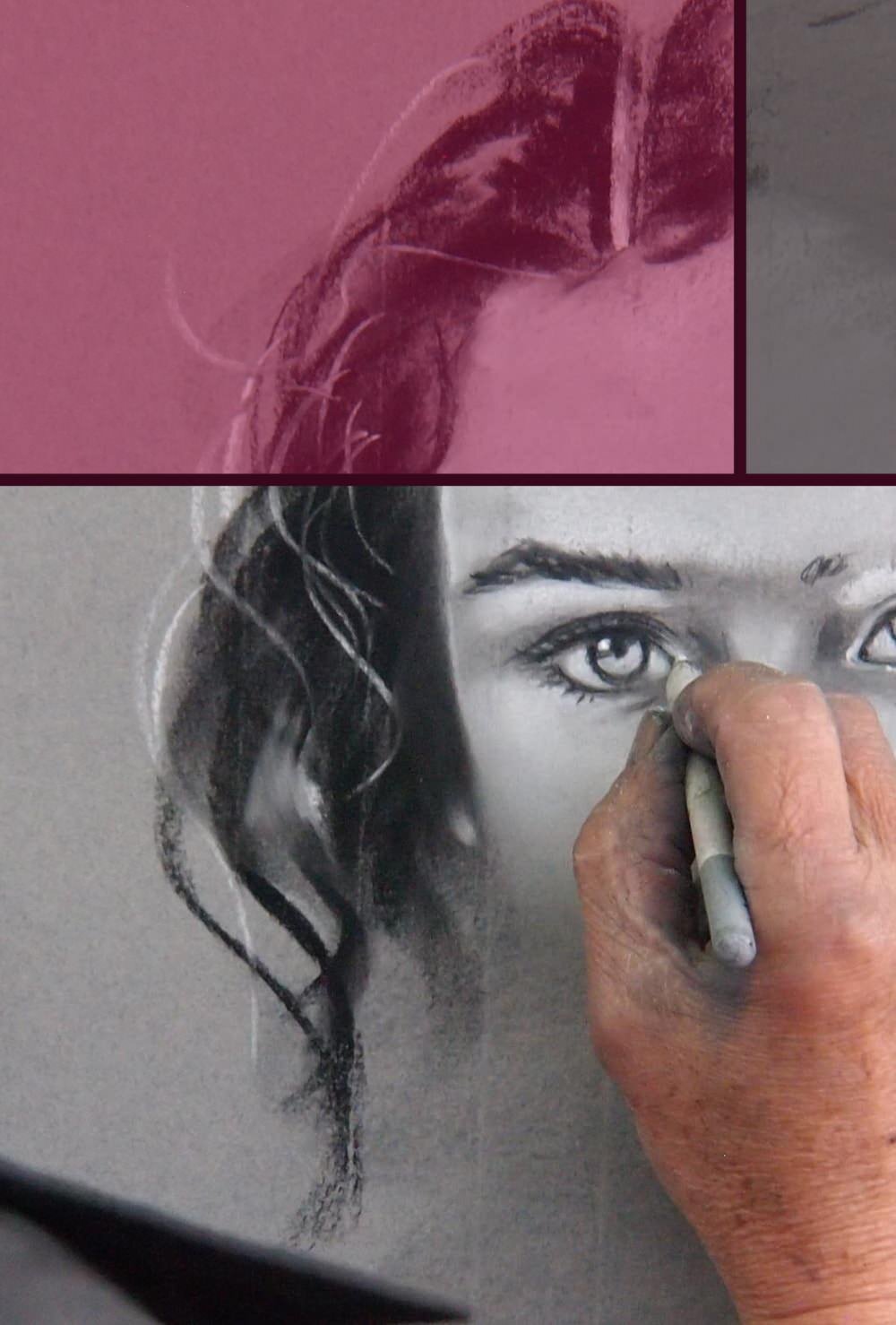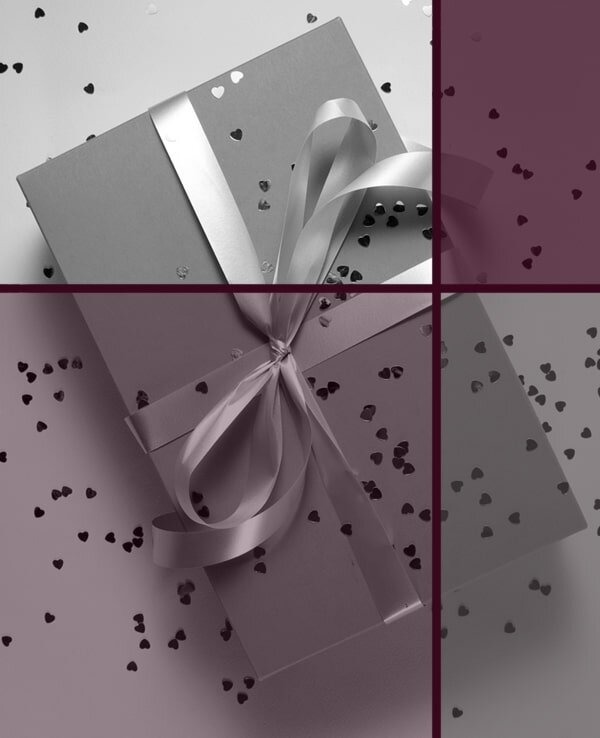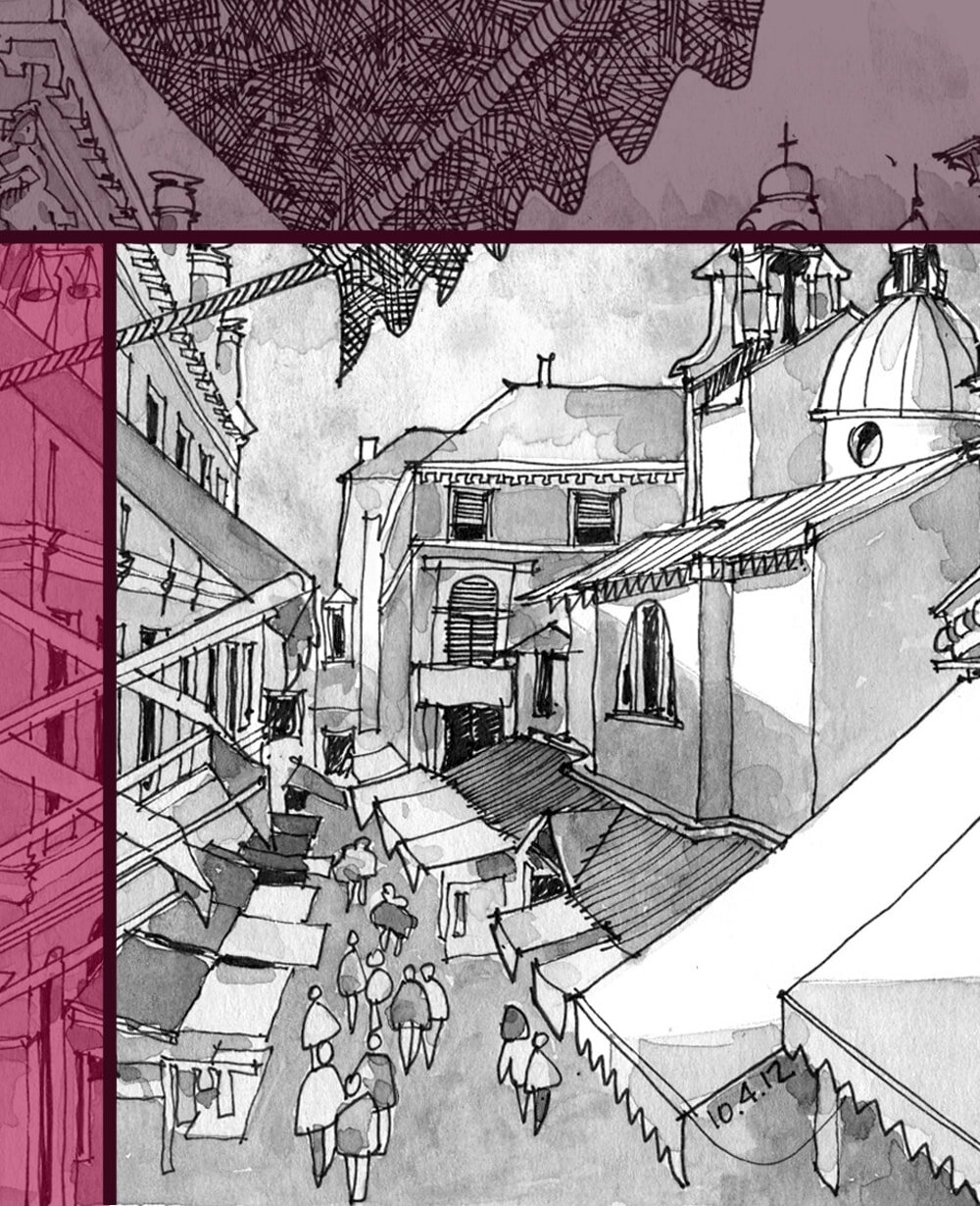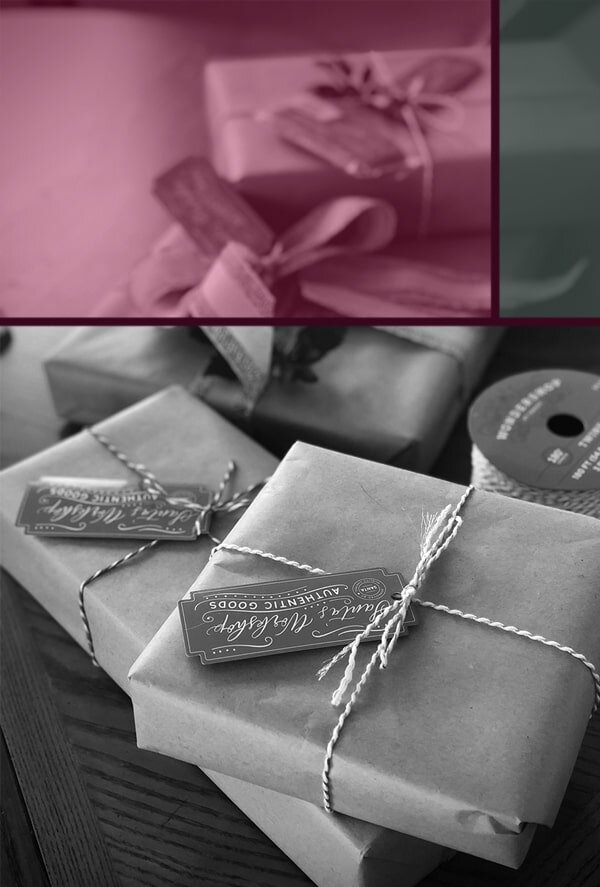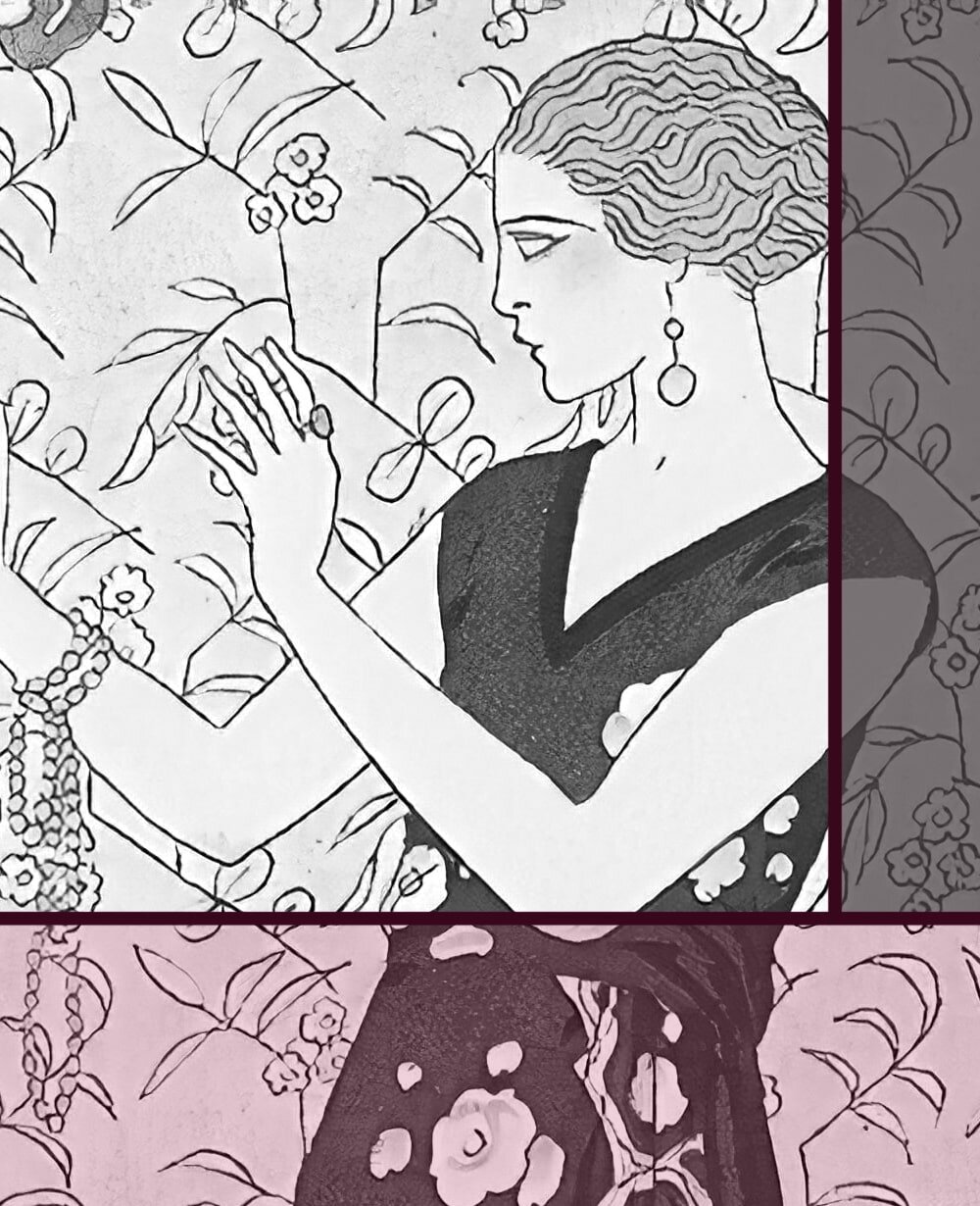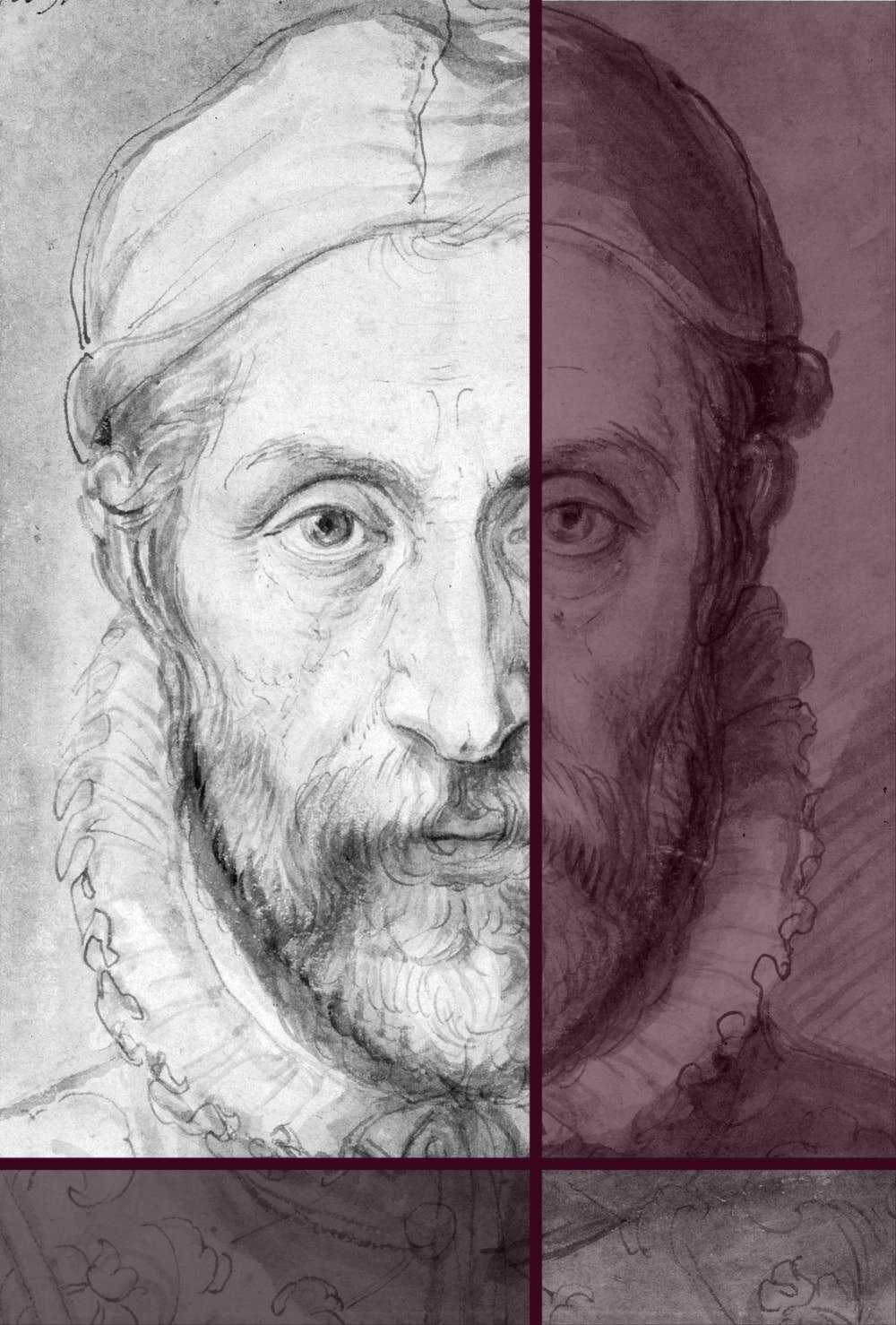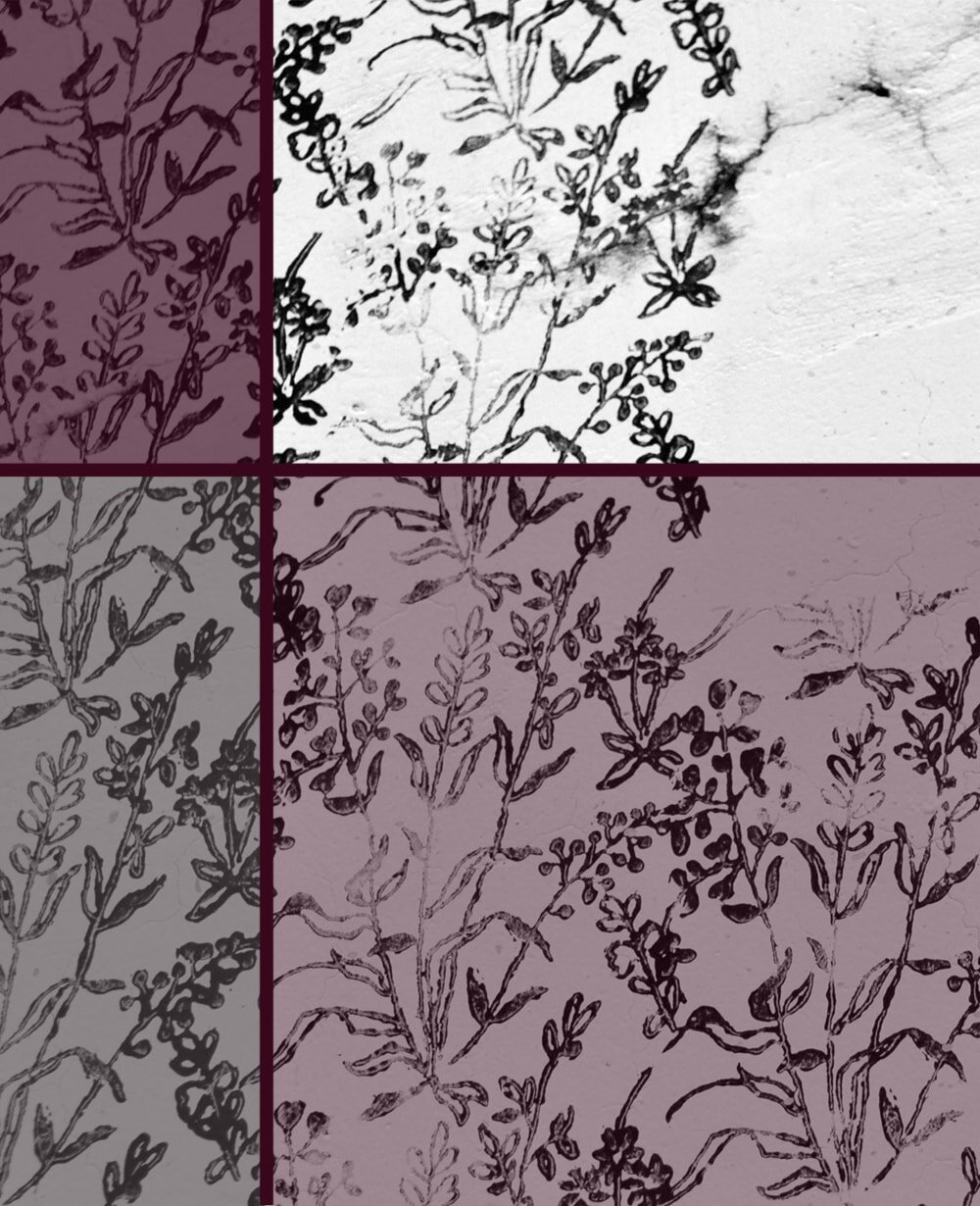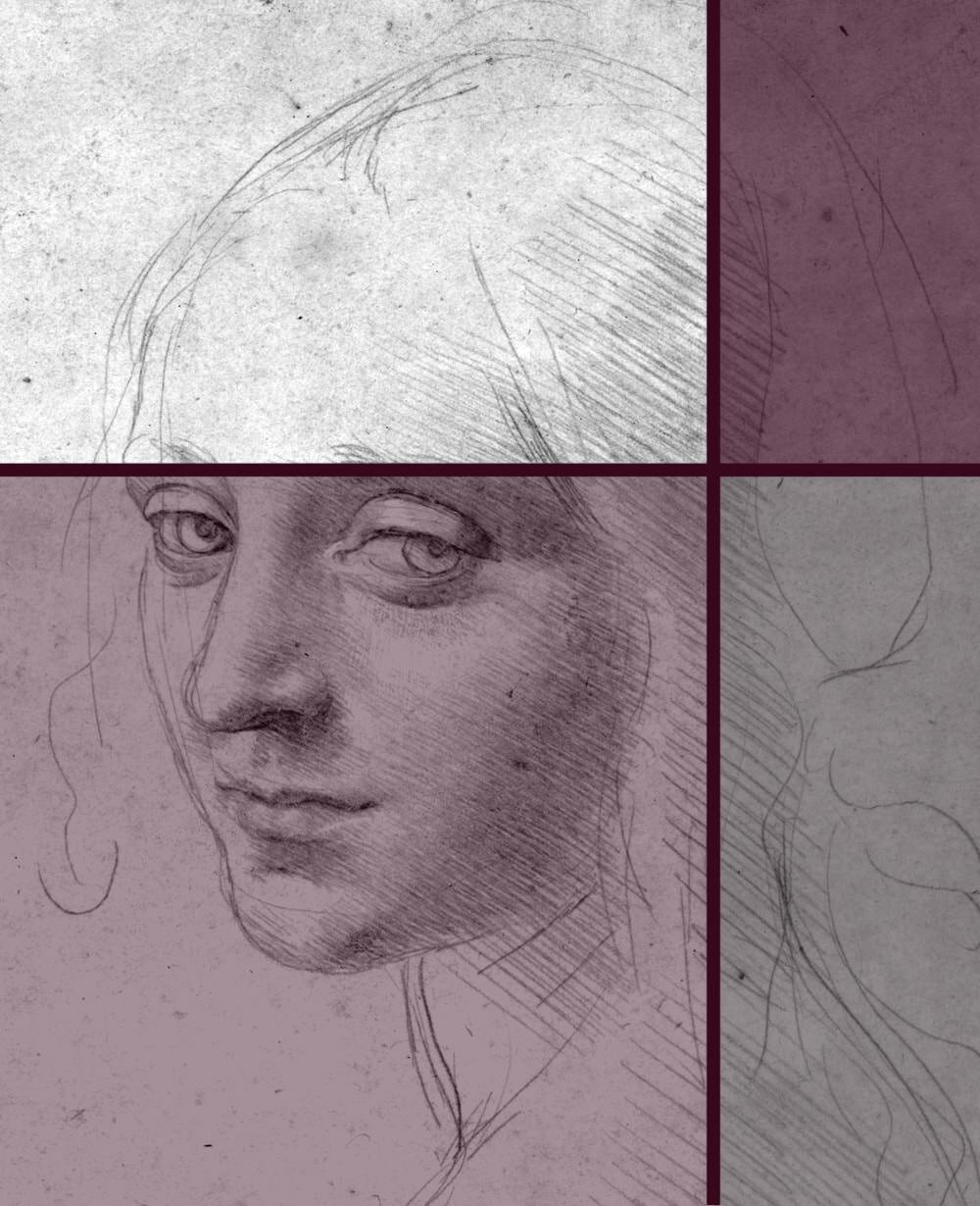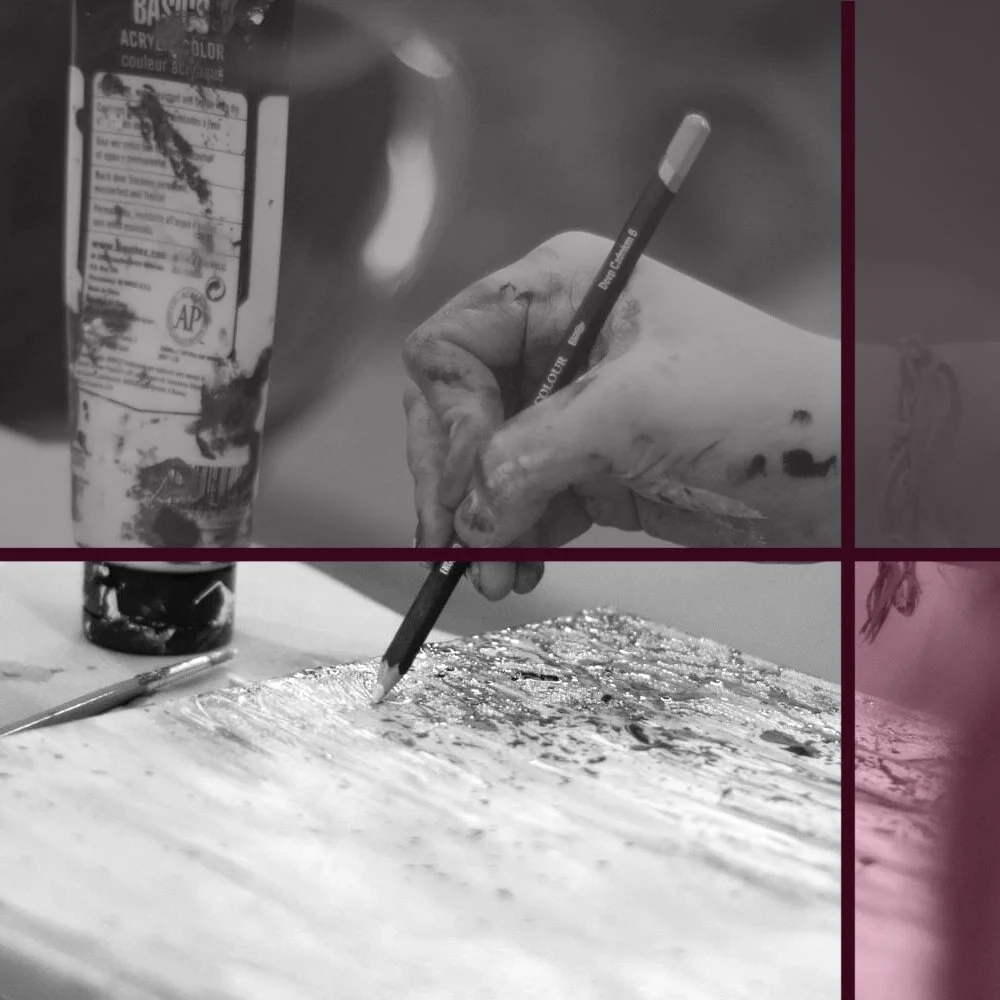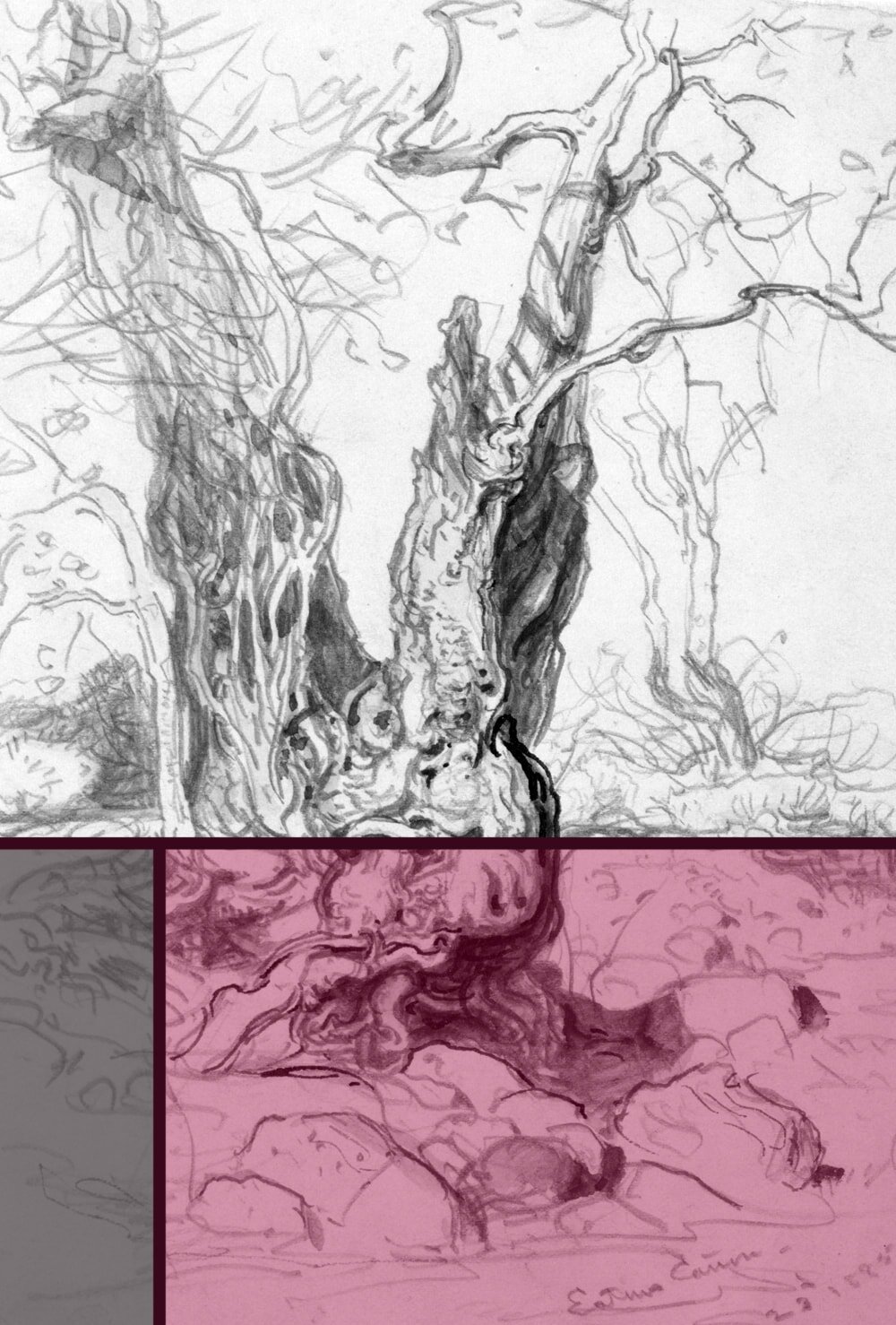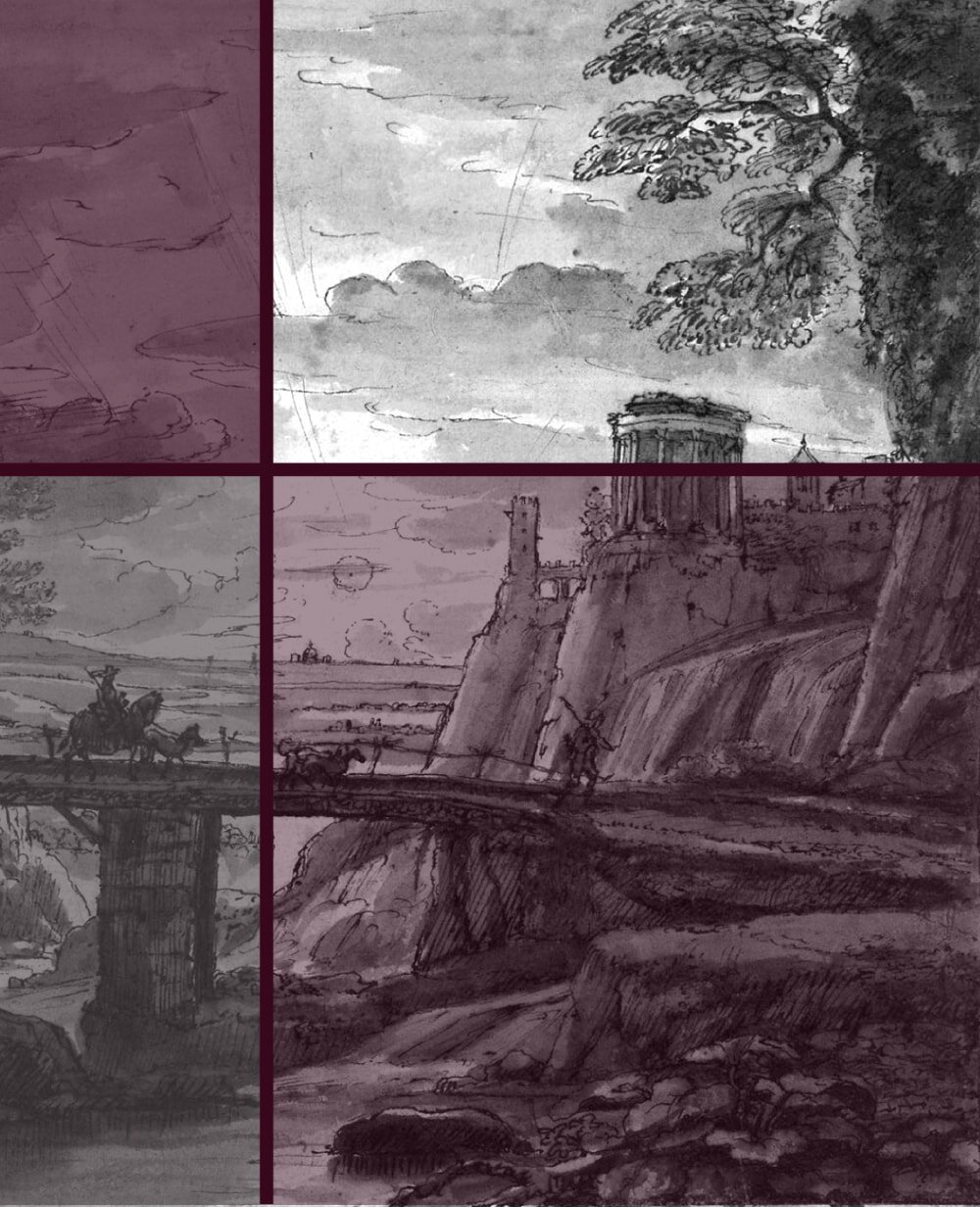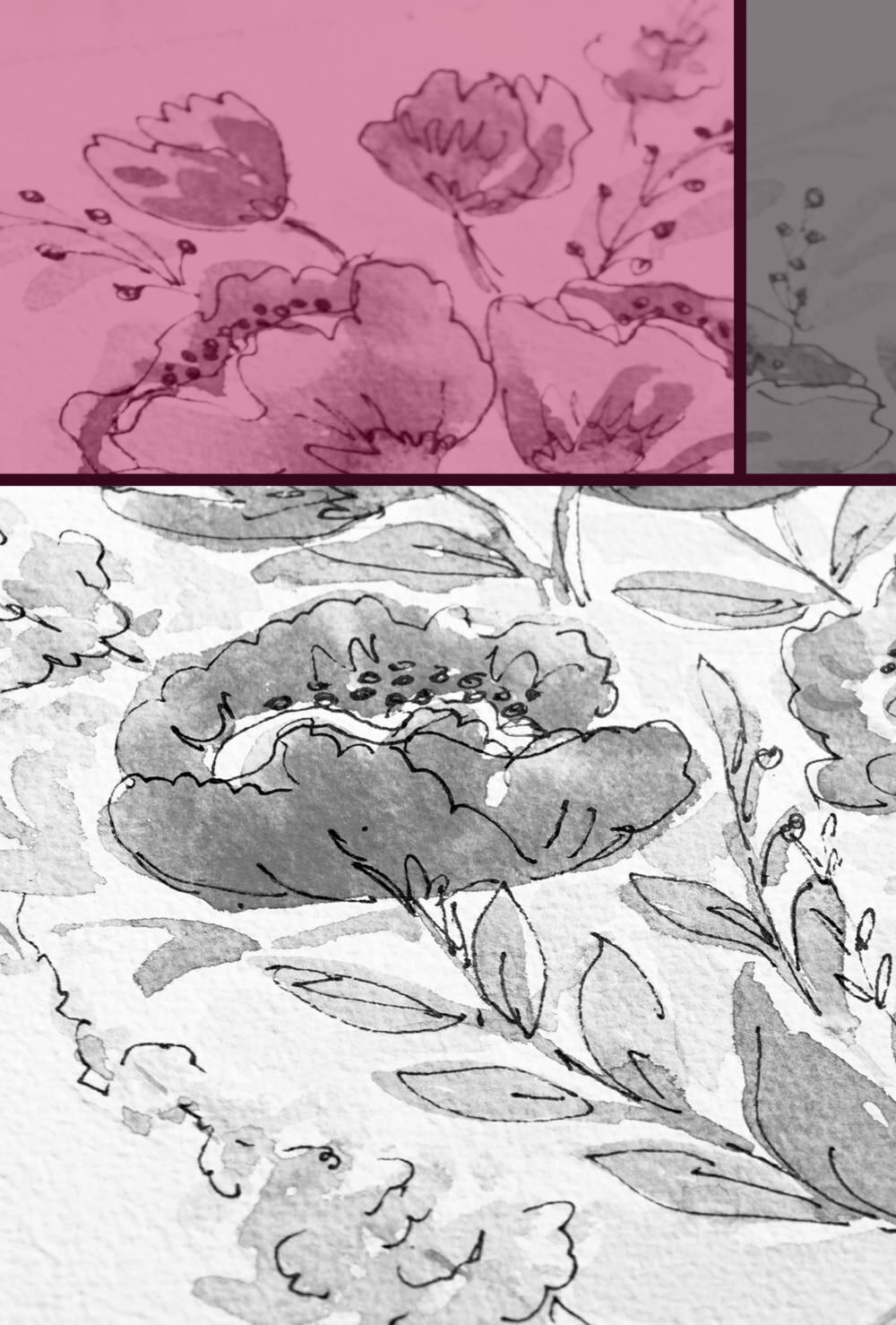The Rhythm of Space - A Talk with Sketching Artist Ch'ng Kiah Kiean
Malaysian artist Ch'ng Kiah Kiean, or KK, as he is known by many, stands out for his quirky, energetic drawing style and is surely one of the biggest names in urban sketching today.
I’ve have had the privilege of talking to him about his work, his motivations and struggles as an artist, and even got a sneak peek into his newest, unreleased book (spoiler alert: it’s amazing!).
Of course I also took the opportunity to get some special sketching tips and advice for us.
Chinese New Year in Chinatown, Singapore (2020) by Ch'ng Kiah Kiean. Chinese ink and watercolour.
Kiah Kiean has been exhibiting in countries such as Malaysia, Taiwan and Italy and has published several books with collections of his sketches. But he also shares his knowledge and skill with others. KK is also leading sketchwalks and lectures all over the globe.
He works mostly with ink, graphite and watercolour and he is no stranger to making use of traditional, even unconventional tools to achieve the desired effects.
The patterns he can create with a bit of ink and a simple twig are truly remarkable (for specifics see his instructions on sketching with dry twig and Chinese ink).
Artist Ch’ng Kiah Kiean showing one of his sketchbooks.
Indeed, no matter what or with what he draws, his unique sketches are always wildly interesting and definitely stand out. They are vibrant and fun, with a seemingly effortless vitality.
KK manages like no other to connect with his subject and bring the spirit of it onto paper in his own, special way.
About the artist
Ch’ng Kiah Kiean grew up in George Town, the capital city or Penang, Malaysia. It’s a wondrous, colourful place with the most interesting mix of beautiful, traditional buildings found amongst modern skyscrapers.
Chinese clan house Tan Kongsi in George Town, Penang with traditional buildings in the background. Photo by Ch’ng Kiah Kiean himself.
It is easy to see how this city, that seems to have a life of its own, could bring out the artist in anyone, so it is not surprising that KK has been drawing for most of his life.
Yet, it was these same, pretty houses and temples that inspired him to graduate from university with a degree in architecture instead. His love for sketching however remained.
In 2000, the same year he finished his architecture bachelor’s degree he had his very first solo art exhibition. A successful year indeed.
Kiah Kiean did not stay in architecture. For almost a decade he worked as a successful graphic designer, sketching only in the little spare time he had. But his day-job and the lack of time did not seem to hinder his artistic progress and determination.
Balik Pulau Durian Orchard (2010) by Ch'ng Kiah Kiean. Graphite on paper.
In 2010 the artist who seeks for the "beauty in ordinary, everyday things" co-founded Urban Sketchers Penang, one of the all-popular local sketching groups that can be found in many cities of the world.
Another four years later, in 2014, he finally took a leap of faith and went full-time with his sketches. And how lucky we are that he did.
A few questions
One of the things I found most interesting about your biography is that you have an architecture degree, and of course you sketch a lot of architecture, too. What is it about buildings that fascinates you so?
I grew up in a heritage city (George Town in Penang) and I was surrounded by old buildings, that's why I am interested in sketching mostly architecture.
My training in architecture helps me feel the space and see the elements of architecture in another perspective. It makes me read and think when I travel and sketch.
This interest must be why you are so good at drawing buildings and streets. What would you say are the most important things to consider when drawing architecture?
When drawing architecture, try to forget the thinking as an architect. Don't draw a perfect perspective/elevation of the building. I always look for musical rhythm in the space and express it with my lines.
Bukit Mertajam Tua Pek Kong Temple in Penang (2020) by Ch'ng Kiah Kiean. Chinese ink and watercolour.
Before you became a full-time artist, you worked as a graphic designer. How did you divide your time and manage to juggle your primary career and sketching as a hobby?
It's difficult for me to clearly divide my time between work and hobby. Even today I still enjoy doing graphic design, but the difference is that now I am my own and only client.
Back when I did commercial graphic design, I mostly sketched on holidays or Sundays.
Note from the author: For some useful time-management tips have a look at my post 11 Time-Saving Techniques to get the Best out of your Busy Schedule.
Do you sketch every day, or do you take time off, sort of like a vacation from work?
I don't sketch every day but mostly on Sunday with my friends from Urban Sketchers Penang. For the past few years I have always sketched when I was travelling.
What are your top 3 favourite artists?
I have so many, so it’s difficult to choose. My favourites are:
Egon Schiele for his composition and lines, Winslow Homer for his masterful watercolour technique and Andrew Wyeth for his subtle colours.
That's an interesting red symbol in your artist's signature. Being from Europe I am unfamiliar with this custom and wondering what it means?
It’s an artist chop, the symbol of the tiger. I was born in the year of the tiger.
Note from the author: if you’d like to work on your own signature have a look at my article How to create the perfect Signature for your Art.
What do you think about talent as a necessity to become a good artist? Did you ever doubt yours?
I believe talent can help but the most important things are interest and hard work. I have never doubted mine.
Note from the author: If you are interested in the topic of talent in the arts have a read through my related post Are there Things we cannot Learn?.
What was the happiest and what was the most frustrating moment of your career as an artist?
My happiest moments are when I sell my artwork and know somebody appreciates it.
My most frustrating moment is when I have mastered a popular style or technique and feel like I’m stagnating. I eventually need to break through and move on. I am afraid of sticking to one style/technique for a long time.
What do you think is the most important character trait an artist should have?
Know who you are and find out what you are good at.
What was your biggest challenge as an artist? How did you overcome it?
My biggest challenge is the balance between bread and butter and my development as an artist. It takes great courage to move on from a perfected style that sells well and start developing new techniques.
I also need to create art and at the same time do self-promotion and marketing.
Travellers Palm (2018) by Ch'ng Kiah Kiean. Graphite and watercolour
Dried Cotton (2019) by Ch'ng Kiah Kiean. Graphite and watercolour.
Since you sketch mostly on location a lot of your work is very public and there are strangers walking by, looking at what you do. How did you overcome feeling self-conscious and fearing their judgement?
In the beginning I felt nervous and conscious of what people were thinking and of their comments. But after a while I got used to it.
My advice is to just concentrate on your work and try not to care about other’s comments while you are working. Treat their comments as if they were singing a song for you :)
Many hobby artists, me included, struggle with feeling insecure about our work. When did you start feeling truly confident as an artist and "in control" of your drawing materials and the final outcome?
I would say that confidence comes after many years of practice. In the early days I was often not happy with my work, but I told myself to keep on practising.
What is the most beautiful thing you have ever seen?
My wife, for a very simple reason: love. She is always cheerful and gives me encouragement when I am down.
What is the most memorable advice you have ever received in regard to sketching?
That advice was from my art teacher, the late Mr Tan Lye Hoe. I remember he told me:
““The stone lions in front of Tan Kongsi (a Chinese clan house) are your best practising subject. In order to achieve a three-dimensional-looking sketch your every stroke must be as powerful as the carving of the stone lion sculptor.””
Can you tell us a bit about your current work and interests? Do you have any new exhibitions or international visits planned?
I am currently working on botanic and still life sketches. I plan to draw a series of objects in my parent's house where I grew up.
I have no travel plans at the moment as all the trips have been cancelled due to the corona virus. I definitely would like to go back to the UK again to sketch or maybe do a workshop.
How about books? Are you working on something new?
I am still working on my new book with botanical sketches. Both my art books and art catalogues are available to download for free. People can support me by PayPal donations.
I also work on two other books of Penang sketches and travel sketches. There is no release date yet as I need to find funding for publication first. Maybe e-publication would be the solution.
Note from the author: I have seen a first draft of KK’s ‘Botanic Series’ and it’s incredible. The subtle colours and rich textures are just so beautiful.
Some of the sketches, especially two particularly gorgeous ‘dry bushes’ remind me a bit of the work of Anselm Kiefer, just that KK achieves the same legendary texture strictly on his two-dimensional drawing surface.
For more examples of his work and to get the latest sketches and other updates have a look at KK’s website or his social media accounts.
His post titled 30 years of Sketching Penang shows the development of his sketches over three decades and is super fascinating (you might have to make use of your browser’s translate function).
For more tips and tricks have a read through my other architecture-related articles.
Did you enjoy this article or feel like you have anything else to add? Feel free to leave me a comment below!
If you like this post, please share it, so others may like it too!
